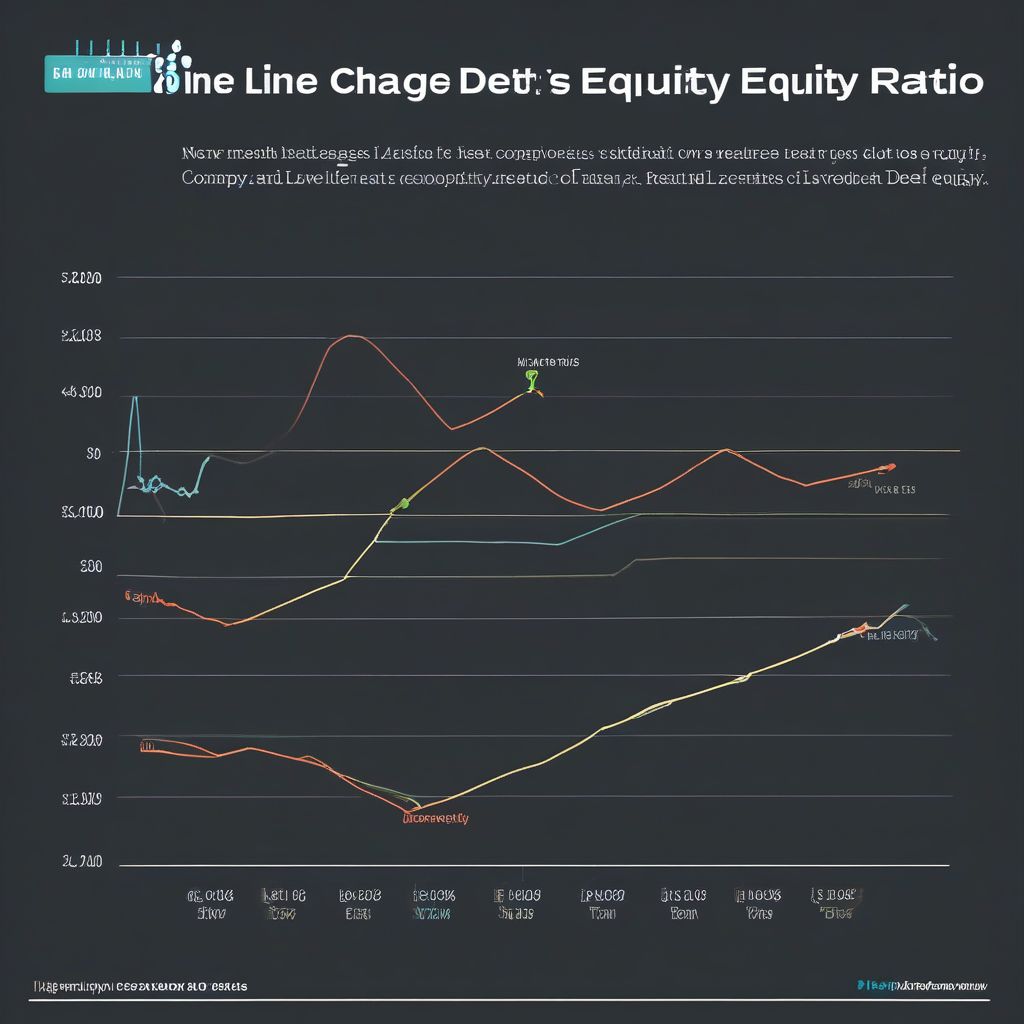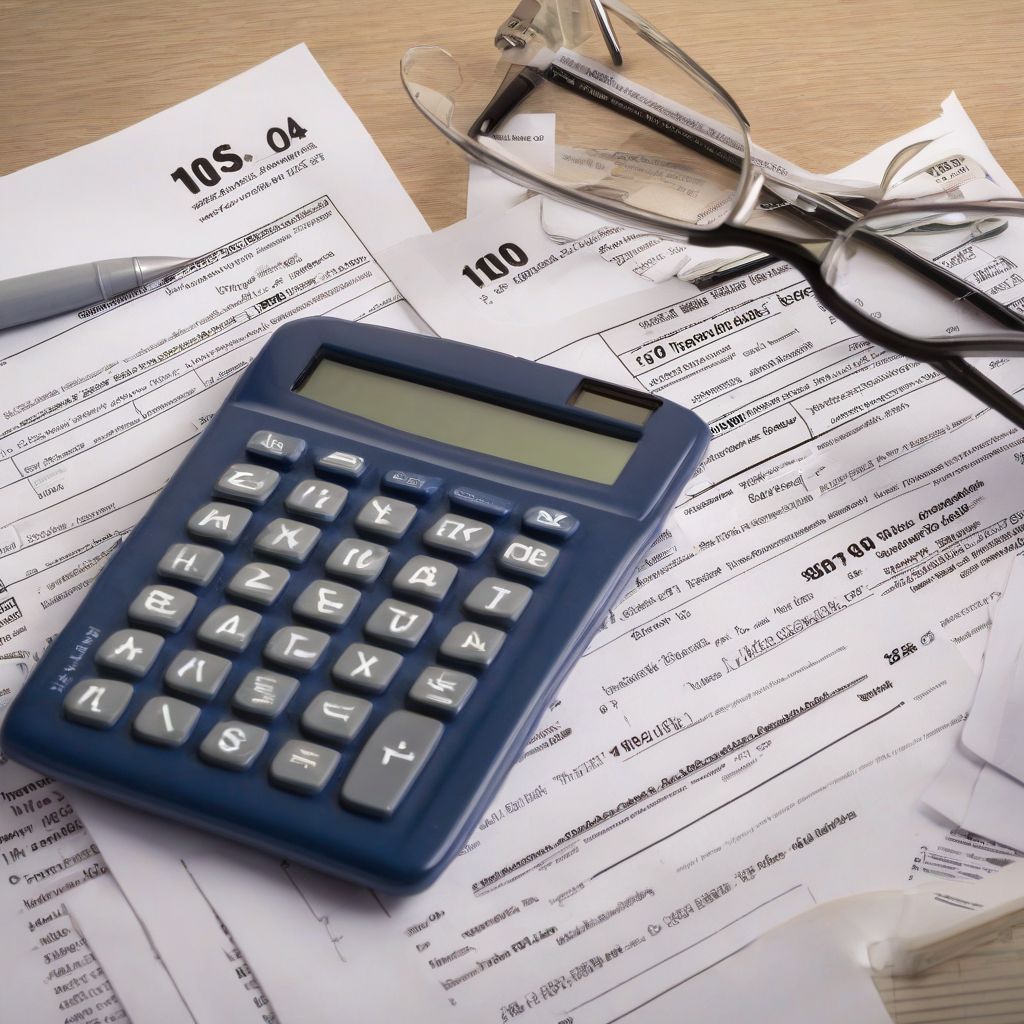In today’s economy, managing personal finances can feel like navigating a complex maze. For those grappling with multiple debts, particularly high-interest credit card balances, the concept of “Consumer Debt Consolidation” often emerges as a potential beacon of relief. But what exactly does it entail, and is it the right financial strategy for you?
Understanding Consumer Debt Consolidation
At its core, consumer debt consolidation involves combining multiple debts into a single, new loan. Imagine juggling payments for several credit cards, each with varying interest rates and due dates. Debt consolidation aims to simplify this juggling act by merging those debts into one monthly payment, ideally with a lower interest rate.
Answering Your Debt Consolidation Questions
Navigating the world of debt consolidation can feel overwhelming. Let’s break down some common questions individuals have:
1. How does debt consolidation actually work?
Think of it like refinancing your mortgage. You’re essentially taking out a new loan to pay off your existing debts. This could involve a personal loan, a balance transfer credit card, or a home equity loan. The goal is to secure a lower interest rate and simplify your repayment process.
2. What are the advantages of consolidating my debt?
- Potential Interest Savings: A lower interest rate translates to less money spent on interest charges over the life of the loan.
- Simplified Repayment: Instead of juggling multiple due dates and minimum payments, you have one streamlined payment.
- Improved Credit Score: As you consistently make payments on your consolidated loan, your credit utilization ratio (the amount of credit you use versus your available credit) can improve, positively impacting your credit score.
3. Are there any downsides to consider?
- Potential for Fees: Some debt consolidation options, like balance transfer cards, might come with upfront fees.
- Risk of Increased Debt: If you don’t address the root cause of your debt and continue spending habits that led to the debt in the first place, you could end up deeper in debt.
4. What are the most common types of debt consolidation loans?
- Personal Loans: Offered by banks and credit unions, these loans provide funds to pay off your debts, leaving you with a single monthly payment to the lender.
- Balance Transfer Credit Cards: These cards offer a low or 0% introductory APR for a set period, allowing you to transfer high-interest balances and potentially save on interest charges.
- Home Equity Loans or Lines of Credit: These leverage the equity you’ve built in your home to provide funds, but be cautious as they put your home at risk if you default on the loan.
sonneriesvip.com/wp-content/uploads/2024/08/debt-consolidation-chart-66c5af.jpg" alt="Debt Consolidation Chart" width="1024" height="1024">Debt Consolidation Chart
Essential Considerations for Debt Consolidation
While debt consolidation can be a valuable tool, it’s not a one-size-fits-all solution. Carefully assess your financial situation and consider the following:
- Credit Score: Your creditworthiness plays a crucial role in determining the interest rates and loan terms you qualify for.
- Debt Amount: The total amount of debt you have influences the type of consolidation option that’s most suitable.
- Spending Habits: Critically evaluate your spending patterns to ensure you address the root cause of your debt and avoid falling back into a cycle of accumulating high balances.
Making Informed Financial Decisions
Ultimately, the decision to pursue consumer debt consolidation is a personal one. By understanding the nuances of this financial strategy, weighing the potential benefits and drawbacks, and seeking guidance from reputable financial advisors if needed, you can make empowered decisions to pave the way towards a healthier financial future.



